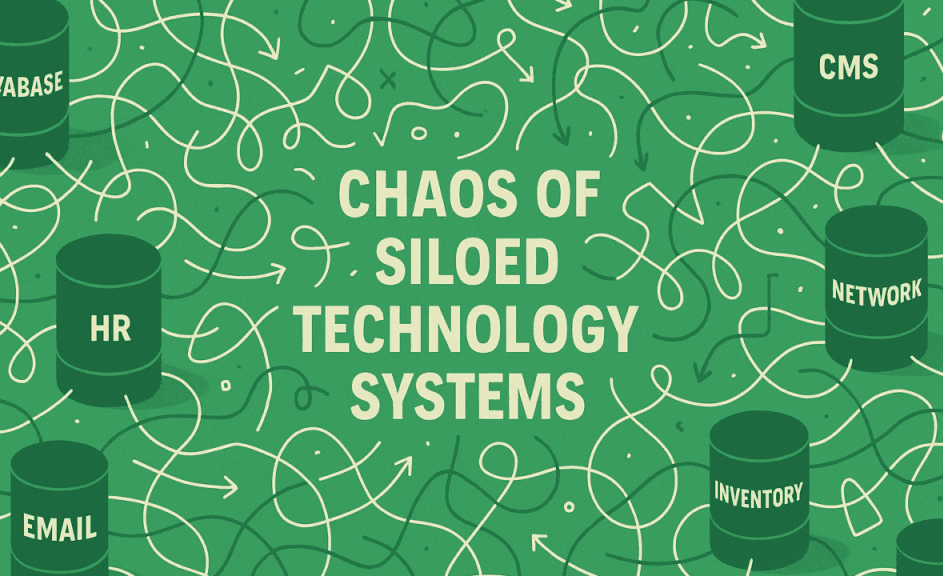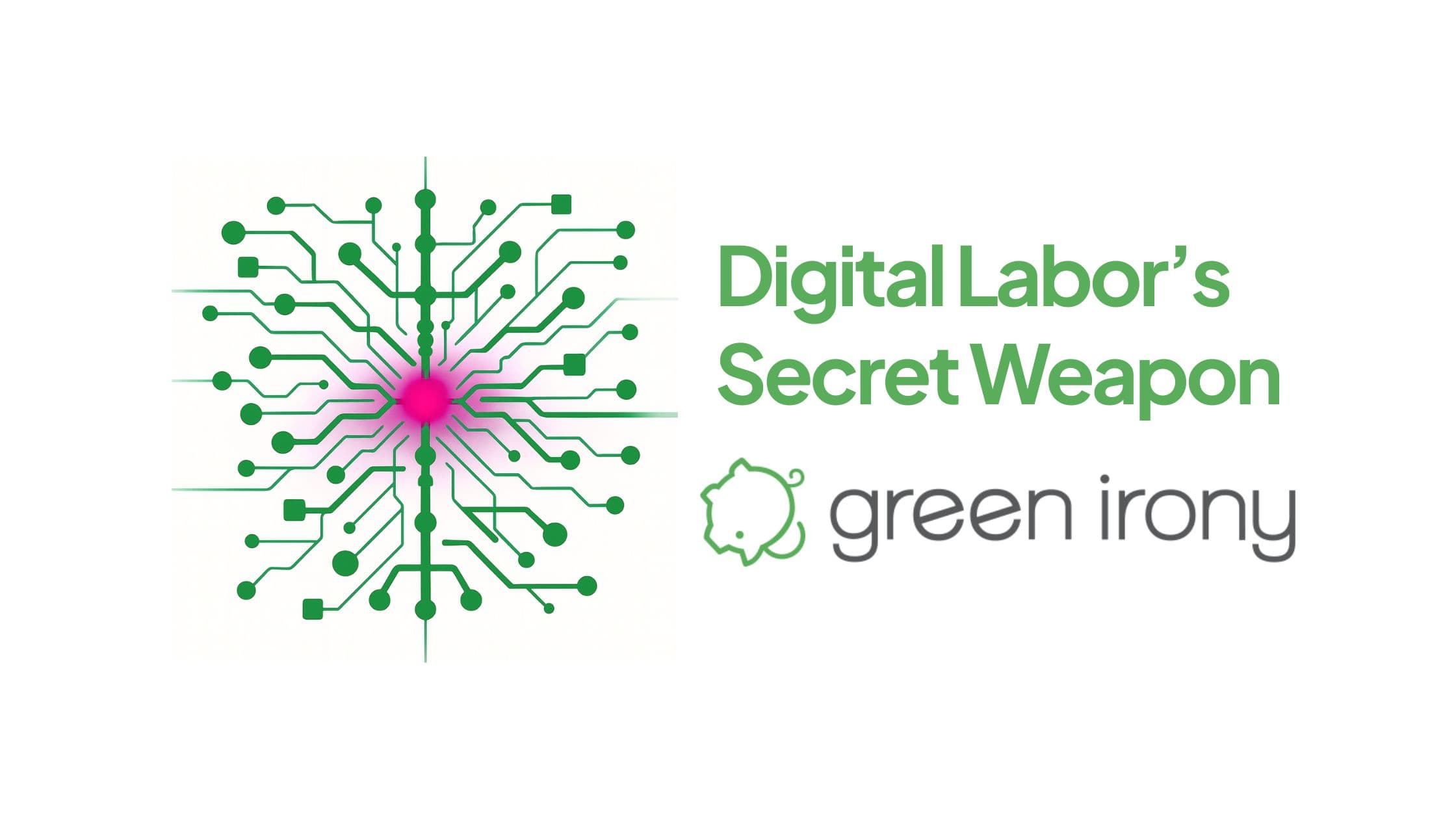Why Green Irony Became AI-Native
Starting in 2024, we decided to do something crazy: rebuild existing processes completely from the ground up to become AI-native. We bet the company on this initiative because we’re also believers that there will be two types of companies in the future, those who are great at AI, and those who used to be in […]




